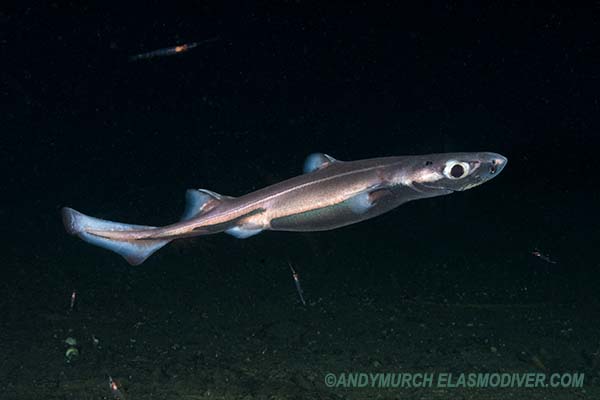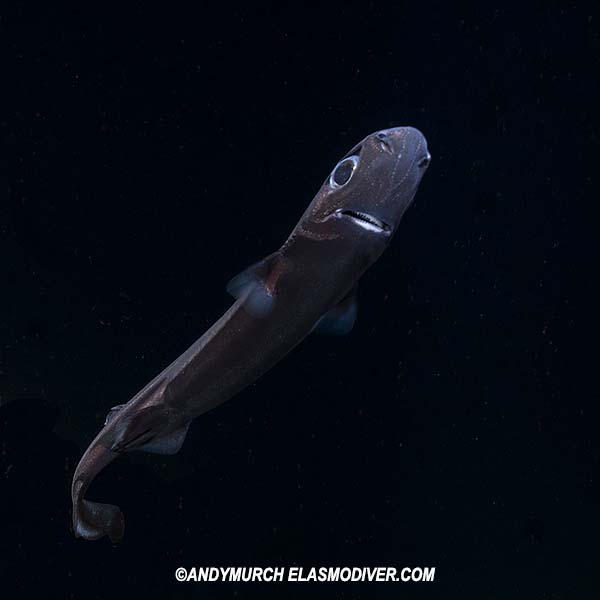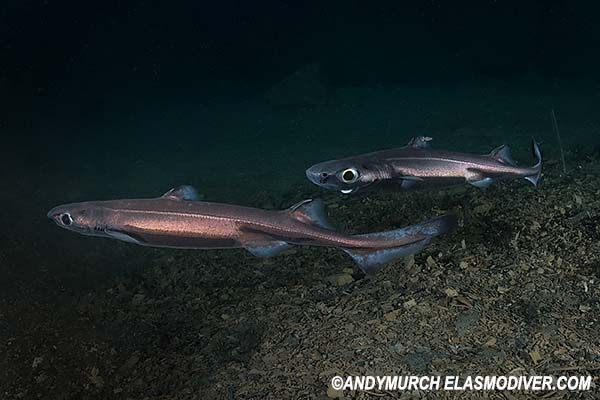|
|
|
SHARK INFO |
|
SHARK |
|
SHARK EVOLUTION |
|
|
|
SHARK DIVING |
|
SHARK DIVING 101 |
|
|
|
CONSERVATION |
|
|
|
PHOTOGRAPHY |
|
SHARK PHOTO TIPS |
|
|
|
RESOURCES |
|
|
|
WEB STUFF |
|
WHAT IS ELASMODIVER? Not just a huge collection of Shark Pictures: Elasmodiver.com contains images of sharks, skates, rays, and a few chimaera's from around the world. Elasmodiver began as a simple web based shark field guide to help divers find the best places to encounter the different species of sharks and rays that live in shallow water but it has slowly evolved into a much larger project containing information on all aspects of shark diving and shark photography. There are now more than 10,000 shark pictures and sections on shark evolution, biology, and conservation. There is a large library of reviewed shark books, a constantly updated shark taxonomy page, a monster list of shark links, and deeper in the site there are numerous articles and stories about shark encounters. Elasmodiver is now so difficult to check for updates, that new information and pictures are listed on an Elasmodiver Updates Page that can be accessed here:
|
|
_ |
Velvet Belly Lanternshark |
||
|
View more Velvet Belly Lanternshark Images in the Shark Picture Database Common Names: Velvet Belly Lanternshark, Velvet belly shark. Latin Name: Etmopterus spinax Family: Etmopteridae - Lantern sharks. Identification:
A small, redish brown shark with
metallic-looking skin. Belly blackédark and non-reflective. Fins small and
bluish-grey with dark mottling at bases and along trailing edge of caudal fin.
Both dorsal fins have thin fin-spines on their leading edges. Second dorsal
fin-spine longer than first.
Size: Maximum recorded length 41cm. Unconfirmed to 60cm. 9-14cm at birth. Habitat:
Silt, sand or rocky substrates on continental shelves. Sometimes well above the
bottom. Distribution:
Northeastern Atlantic Ocean. Common in deep water around Norway, Iceland
and the British Isles. Diet and feeding behavior: Juveniles feed mostly on krill and small invertebrates. Adults prefer bony fishes, squid and crustaceans. Reproduction: Viviparous. 1-21 pups per litter. Conservation Status: Listed as LEAST CONCERN by the IUCN. A non-commercial species, all specimens captured as bycatch by commercial fishing vessels are discarded thus limiting the data available. Data from the Mediterranean Sea, Eastern Central and South Atlantic indicate that the species is still relatively commonly caught in scientific trawl surveys and there is no evidence that the population has declined there. A recently introduced ban on bottom trawling below 1,000 m depth in the Mediterranean Sea will afford it protection there. Deepwater fisheries also operate off the coast of western Africa, but these are relatively limited at this time. However, deepwater fisheries are intense in the Northeast Atlantic and scientific trawl surveys indicate that catch rates of this species declined by approaching 20% between the 1970s and 19982004. This species shows size structure segregation with depth. The deeper-occurring larger mature female sharks are probably more affected by the commercial deepwater fisheries operating in the Northeast Atlantic than the immature stages that are found in shallower waters. An assessment of Near Threatened is warranted in the Northeast Atlantic, given the apparent decline and continued, intense deepwater fishing pressure. Elsewhere and globally, the species is assessed as Least Concern because there is no evidence for population decline throughout the rest of its range and there are areas of refuge from fishing pressure. Continued monitoring is required to ensure that this species is not detrimentally affected by expanding deepwater fisheries in the future, particularly in the Eastern Central and Southeast Atlantic. Photographs: Namsen Fiord, Norway.
Similar species:
The velvet belly lanternshark is similar to two other
lanternsharks that broadly overlap its home range: Reaction to divers: Nonchalant around divers in baited situations. Velvet belly sharks are relatively easy to attract to bait. Once in the area and fixated on the food, they often stay within a few meters of divers even when caught in the beam of powerful lights. Diving logistics:
Velvet bellies can be found in Namsen Fiord and various other Norwegian fiords
where runoff causes a murky layer at the surface which prevents daylight from
reaching deep water. References:
|
||
|
|
||

























